Grid-Tied vs. Off-Grid Solar Power in Tiny Homes
Picking the Best Solar Power Option
Many tiny home owners chose to adopt the minimalist lifestyle in order to live more sustainably. Solar panels offer a great form of renewable energy, but there are many considerations that you will need to keep in mind before you decide if solar power is the right option for you. In this post, we will talk about the differences between grid-tied and off-grid solar power.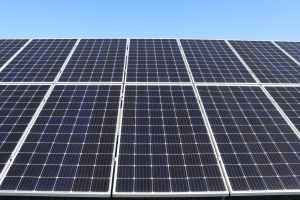
Grid-Tied Solar Systems
As the name suggests, grid-tied solar systems connect to a utility power grid.
Pros
– Net metering: Net metering is when excess energy created by your solar panels is sent to the utility power grid for others to use. This allows solar panel owners to be paid for the excess electricity that their panels create.
– On-grid Connectivity: If the solar panels do not create enough power for your tiny home, then the electrical grid will give electricity to your home as needed. This can allow a tiny home owner to buy solar panels in phases and increase the amount of panels their home relies on whenever the owner pleases.
– Affordability: Grid-tied solar power is the cheapest option for solar energy.
Cons
– Lack of Transportability: Many tiny home owners like to frequently move around with their tiny house. Because of this, a grid-tied system would not be the ideal choice because they might not have access to an electrical meter while on the move.
Off-grid Solar Systems
Off-grid systems are able to move with tiny home owners as they travel. Off-grid systems work by converting sunlight to power during the day and then storing this power in batteries for future use.
Pros
– Transportability: With this option, you are able to travel with your tiny home and have a source of power.
– On-grid connect-ability: There are off-grid options that can also connect to the grid, which enables tiny home owners to not have to worry about not having electricity and allows owners to sell back surplus electricity.
Cons
– Price: Compared to grid-tied systems, off-grid systems cost more money. In order to prevent a lack of power, most off-grid systems are oversized to make sure that there are no outages; this usually takes into consideration 1-2 days without solar panel generation.
– Lack of Electricity: Solar panels may not produce enough electricity due to weather or because your tiny home is using more power than predicted. As discussed above, this is why most off-grid systems are oversized. Tiny home owners do have the option of charging the batteries via a generator if there is not enough solar power produced.
Depending on how you are wanting to use your tiny home and budget will probably be most tiny home owners’ biggest considerations when deciding which solar system to opt for.

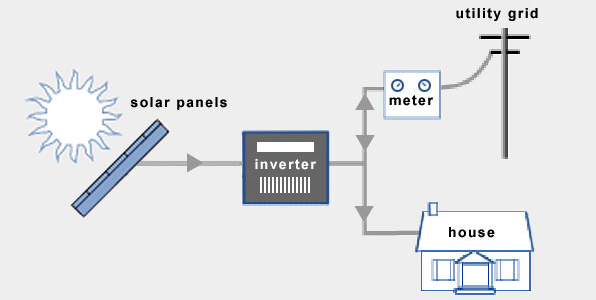
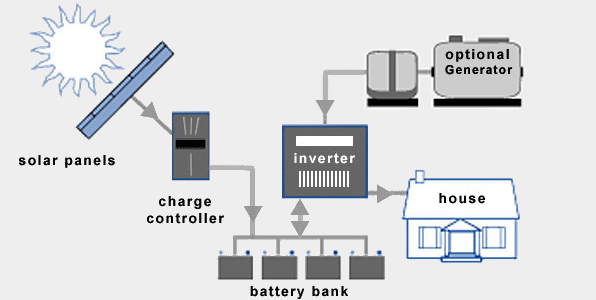
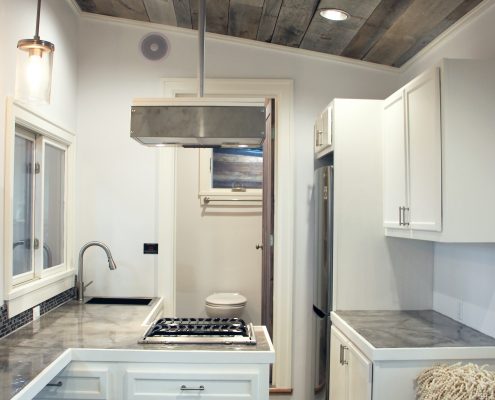
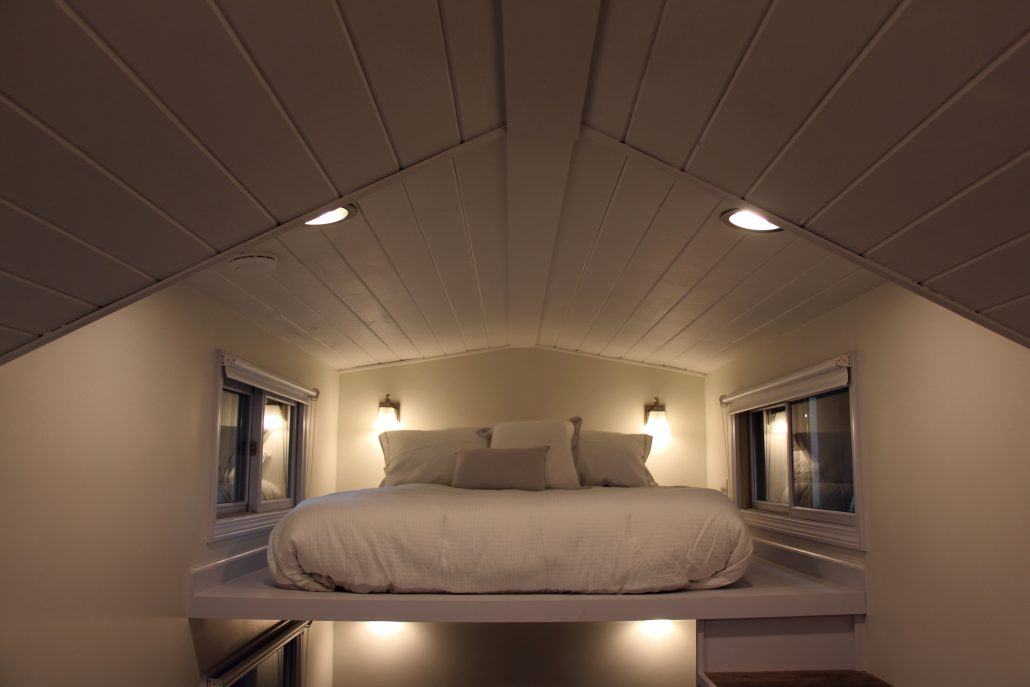
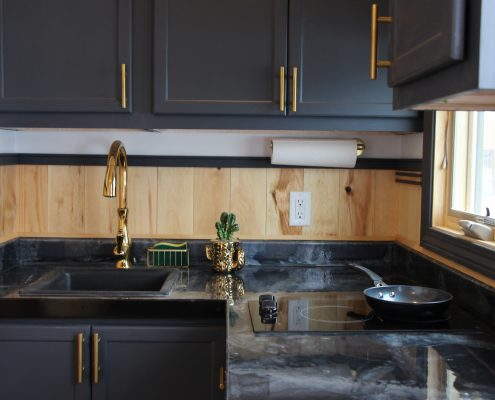
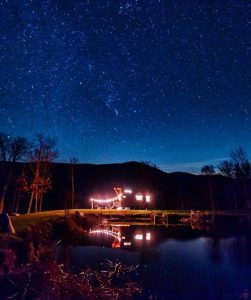 You’ve found beautiful land, but can you put a tiny house on it?
You’ve found beautiful land, but can you put a tiny house on it?
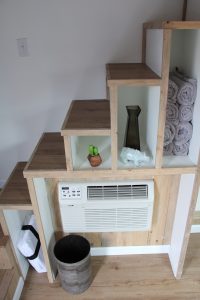 In addition, tiny house designers and builders have very special skills, and there is much less room for error in constructing a tiny house than in constructing a big house. Because there is less tolerance for error in tiny houses, due to their small size as well as strict building standards ensuring they are safe to travel on the road, more care has to be put into their design and construction.
In addition, tiny house designers and builders have very special skills, and there is much less room for error in constructing a tiny house than in constructing a big house. Because there is less tolerance for error in tiny houses, due to their small size as well as strict building standards ensuring they are safe to travel on the road, more care has to be put into their design and construction.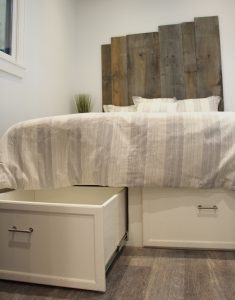
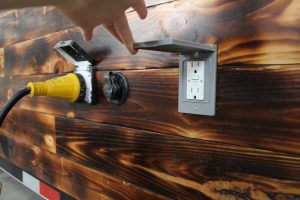 From left: the tiny house power source, an extension cord with an adapter to fit into any three-pronged outlet; the water hose inlet; and covered outdoor outlets for all your chili-pepper-string-light needs. Not pictured: grey and black water outlets, under the house.
From left: the tiny house power source, an extension cord with an adapter to fit into any three-pronged outlet; the water hose inlet; and covered outdoor outlets for all your chili-pepper-string-light needs. Not pictured: grey and black water outlets, under the house. 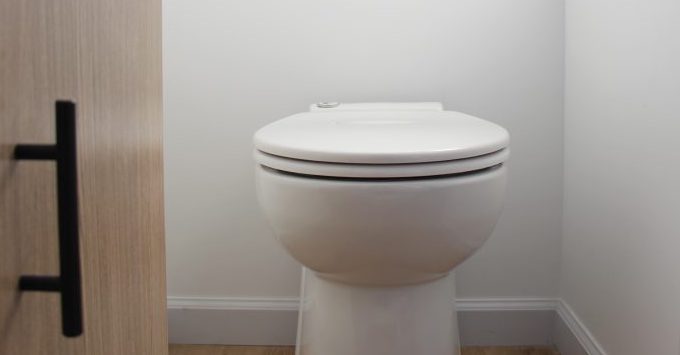
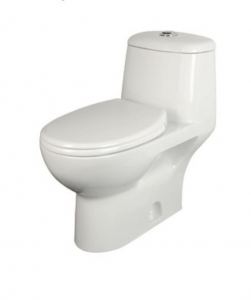
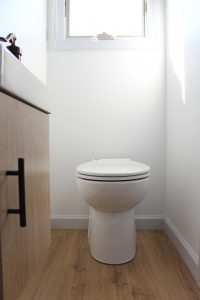
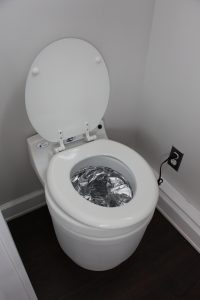
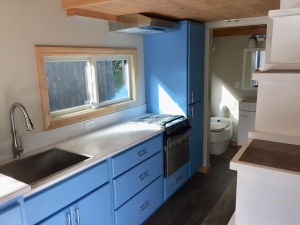 For those who are prepared to have Humanure human waste composting system on their property (check in with your town hall to make sure this is allowed), we offer composting toilets, and for the truly primitive campers, we can build in a toilet seat only, to use for the Bucket System.
For those who are prepared to have Humanure human waste composting system on their property (check in with your town hall to make sure this is allowed), we offer composting toilets, and for the truly primitive campers, we can build in a toilet seat only, to use for the Bucket System.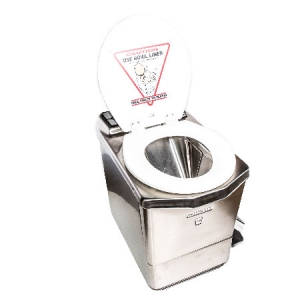 Incinerating toilets are great for off-grid tiny houses with power but no access to sewer or septic, whose owners aren’t ready to start a Humanure compost system. It incinerates the waste and turns it into ash, which can then be thrown away.
Incinerating toilets are great for off-grid tiny houses with power but no access to sewer or septic, whose owners aren’t ready to start a Humanure compost system. It incinerates the waste and turns it into ash, which can then be thrown away.